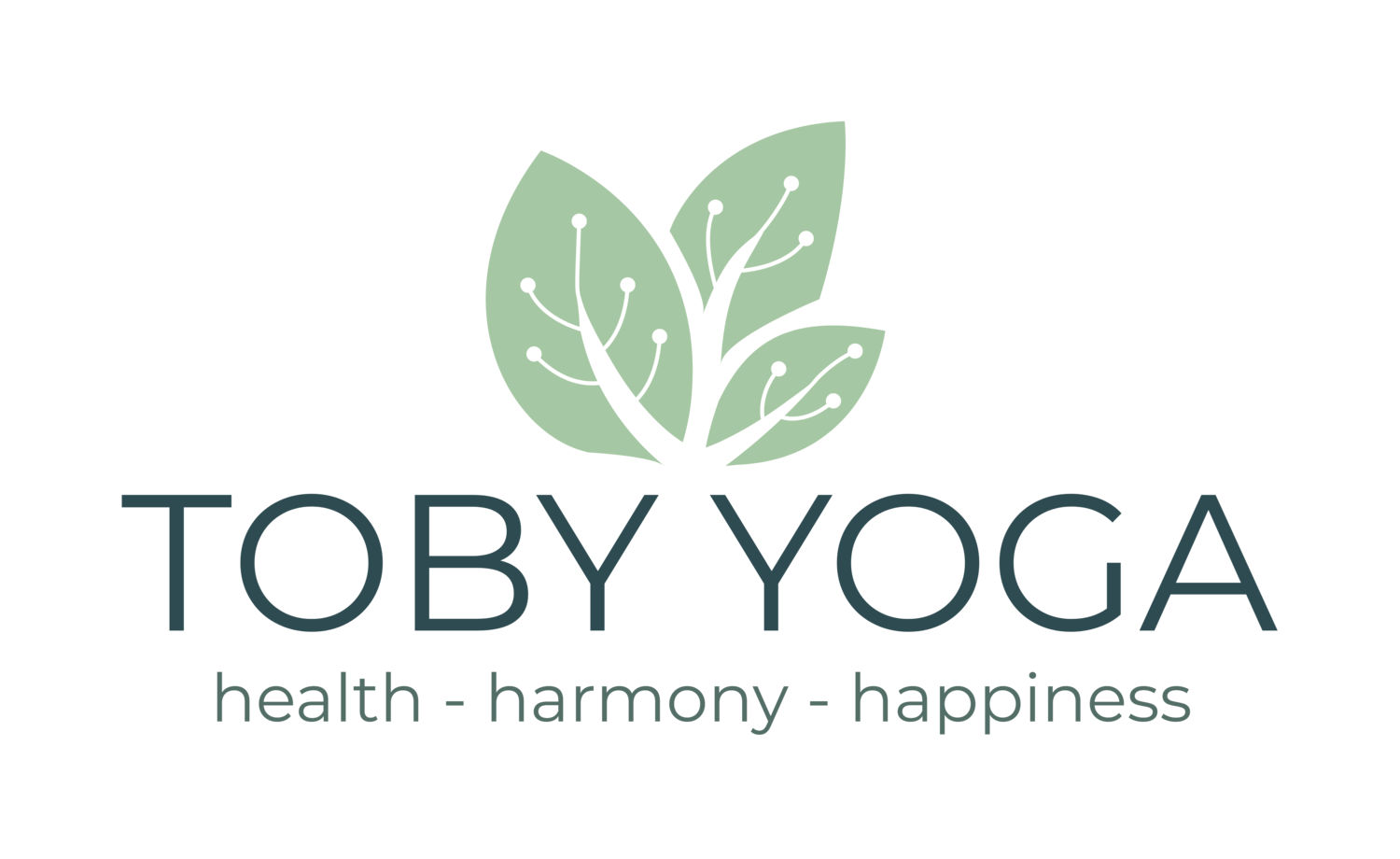I always enjoying sharing the warrior poses (or vibrabhadrasana) with my classes.
These three poses are named after a powerful warrior in Hindu mythology. The name comes from the Sanskrit vira, meaning ‘hero’, bhadra, meaning ‘friend’, and asana, meaning ‘pose or seat’.
These dynamic triangle postures can be performed individually or combined into a flowing sequence. Either way, they bring a number of benefits. Physically they build strength and stamina, whilst emotionally they give an increased sense of vigour, courage and resilience.
So many of us are dealing with stressful situation at home or work that it’s good to use these powerful postures to help us step from worriers into warriors.
This is why they’re also known as ‘power poses’.
You might enjoy watching Amy Cuddy’s TED talk on the benefits of power posing. It’s called, ‘Your body language may shape who you are’ and has been watched more than 46 million times, making it the second-most-popular TED talk ever.
Cuddy suggests that the way in which we move and hold our body – our body language - changes how we think and feel about ourselves. That our bodies stance impact on our minds. Therefore, by adopting a powerful pose, we can make ourselves feel more powerful.
The evidence for the benefits of ‘power posing’ came from a research study Cuddy undertook whilst at Harvard University. Participants sat in either a high-power pose (expansive, open posture) or low-power pose (leaning inward, legs crossed, closed posture) for two minutes. Cuddy found that those who sat in the high-power pose, felt more powerful and performed better in mock interviews than those who had not.
Further evidence, if you needed it, that the ancient teachings of yoga and many benefits it brings can be scientifically proven.

